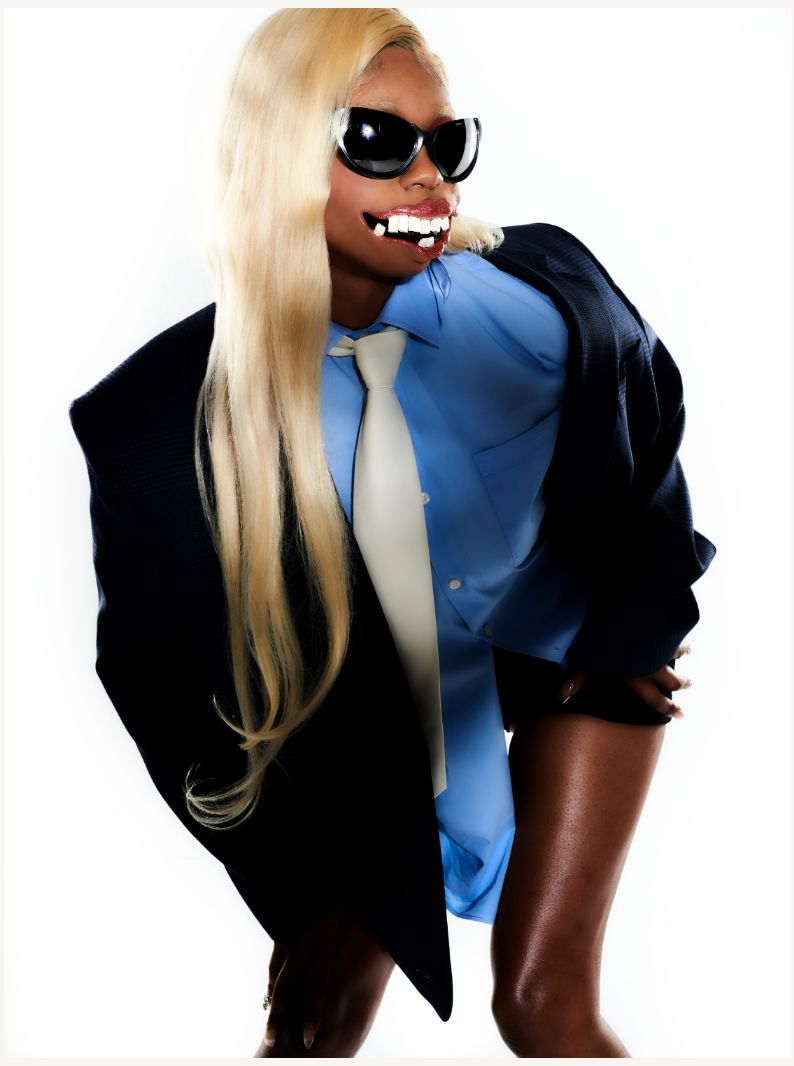Counter Display with Moreno Schweikle and Samsung
|Claire Koron Elat
For the launch of the new Samsung Galaxy S25 Edge phone, artist Moreno Schweikle conceived a special artwork commissioned by 032c Gallery, which was exhibited at Samsung’s launch event at Anti Berlin during Design Week. With his work Black, Silver, Edgy, Schweikle is interested in investigating the Galaxy S25 Edge's most striking feature: its exceptionally slim design. The artist created an oversized replica of the phone that appears sleek and reflective at first sight. However, upon closer inspection, the work's surface reveals meticulously hand-painted details. Buttons, ports, and textures are rendered in a trompe-l’oeil style, bridging the gap between the highly industrial object and the personal, emotional significance it acquires through everyday use.
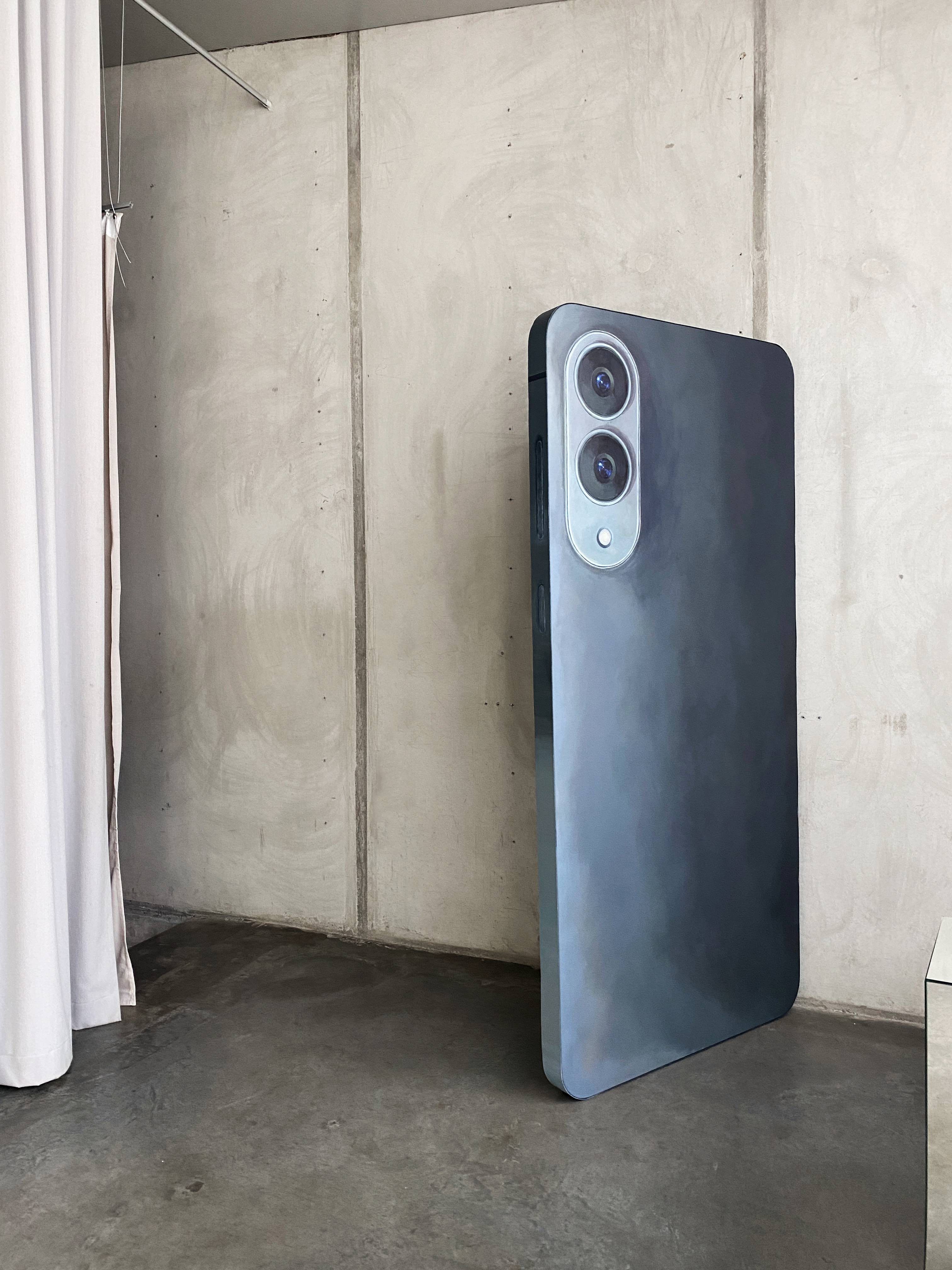
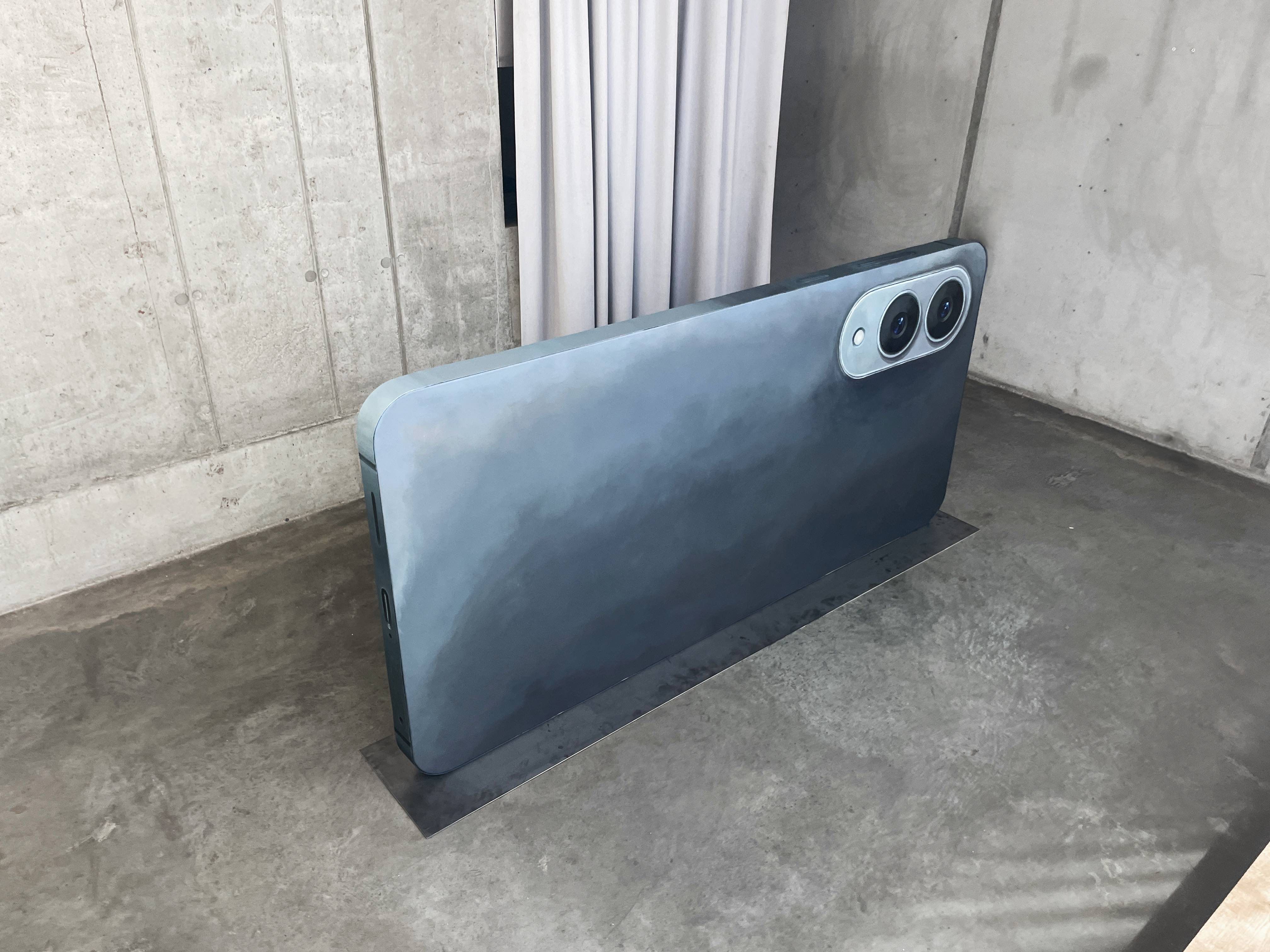
Moreno Schweikle in collaboration with Pablo Schlumberger, Black, Silver, Edgy (2025). Acrylic paint, steel, custom canvas, 238 x 114 x 8,7 cm. Courtesy of 032c Gallery and the artist Moreno Schweikle
In his practice, Schweikle doesn’t abandon functionality, he distorts it. The artist reimagines the familiar by manipulating mundane objects into sculptural forms, which are in between the categories of function and fiction.
In conversation with Claire Koron Elat, Schweikle reflects on material memory, artistic intention, and how objects can behave and misbehave.
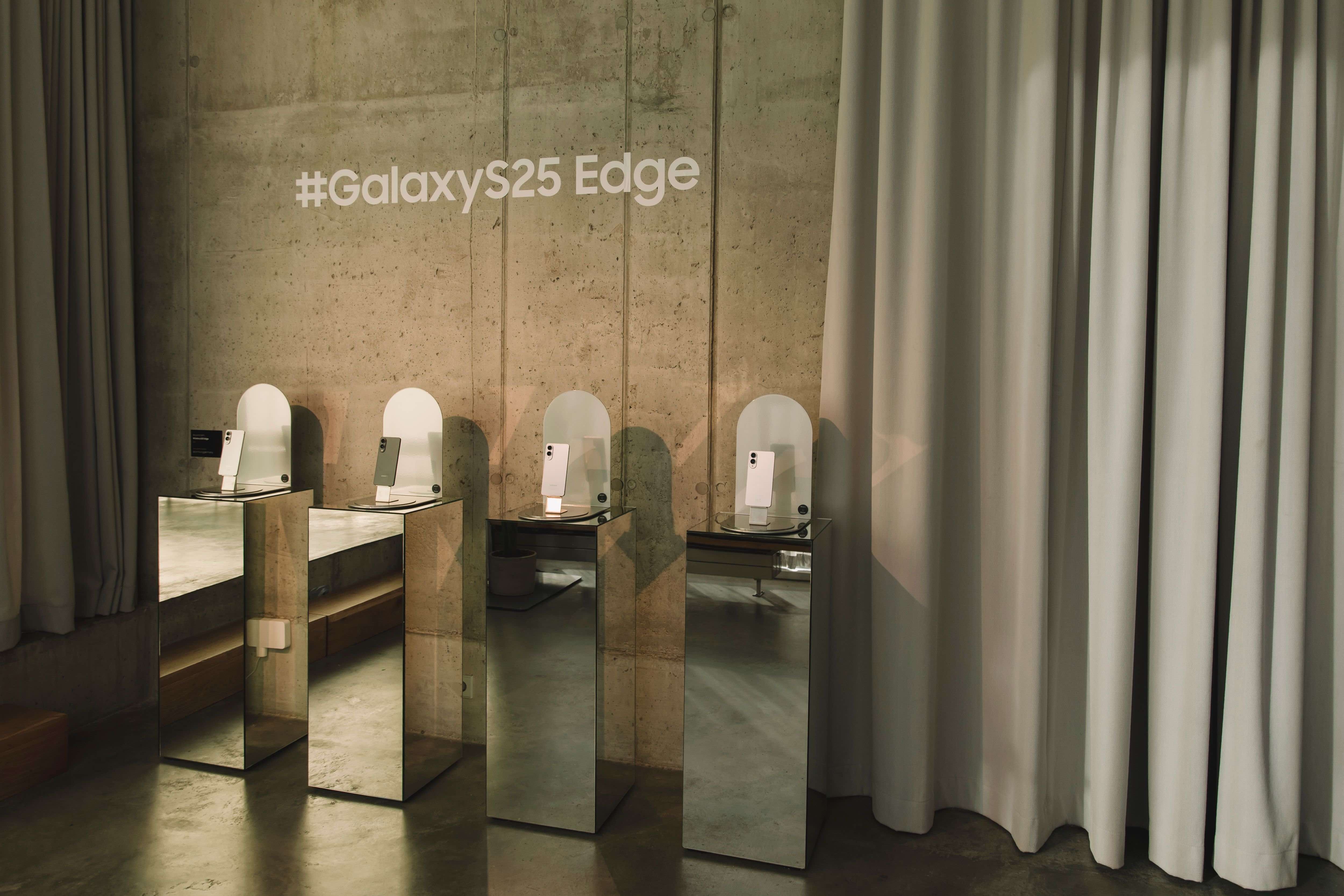
Samsung Galaxy S25 Edge
Claire Koron Elat: You often manipulate functionality without fully renouncing it. Why do you maintain such a balance?
Moreno Schweikle: Indeed, most of my work remains functional to some degree. I see functionality as part of my conceptual vocabulary. Since a good portion of my work begins with familiar objects or phenomena—things that inherently have an intended use—function can serve as an entry point, offering something recognizable before guiding the viewer into more abstract territory.
I want my work to move in the cracks between the everyday and imagination. They often propose alternative functions, but I like the tension that comes from maintaining the potential for “real-world” use. Working on the edge where suggestive shapes become ornamentation is exciting to me, and sometimes even leads to discovering new functions.
Samsung Galaxy S25 Launch Event in Berlin
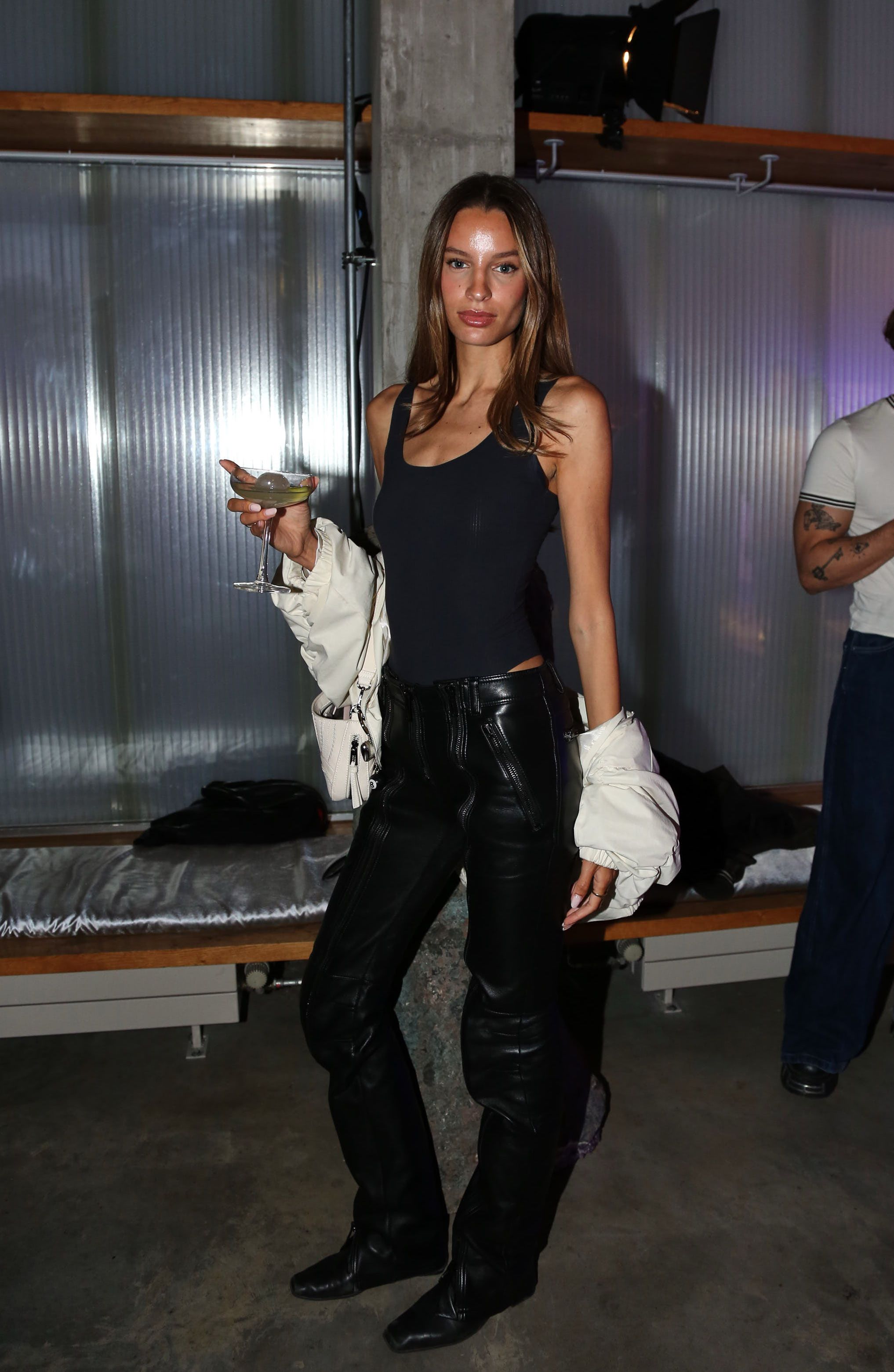
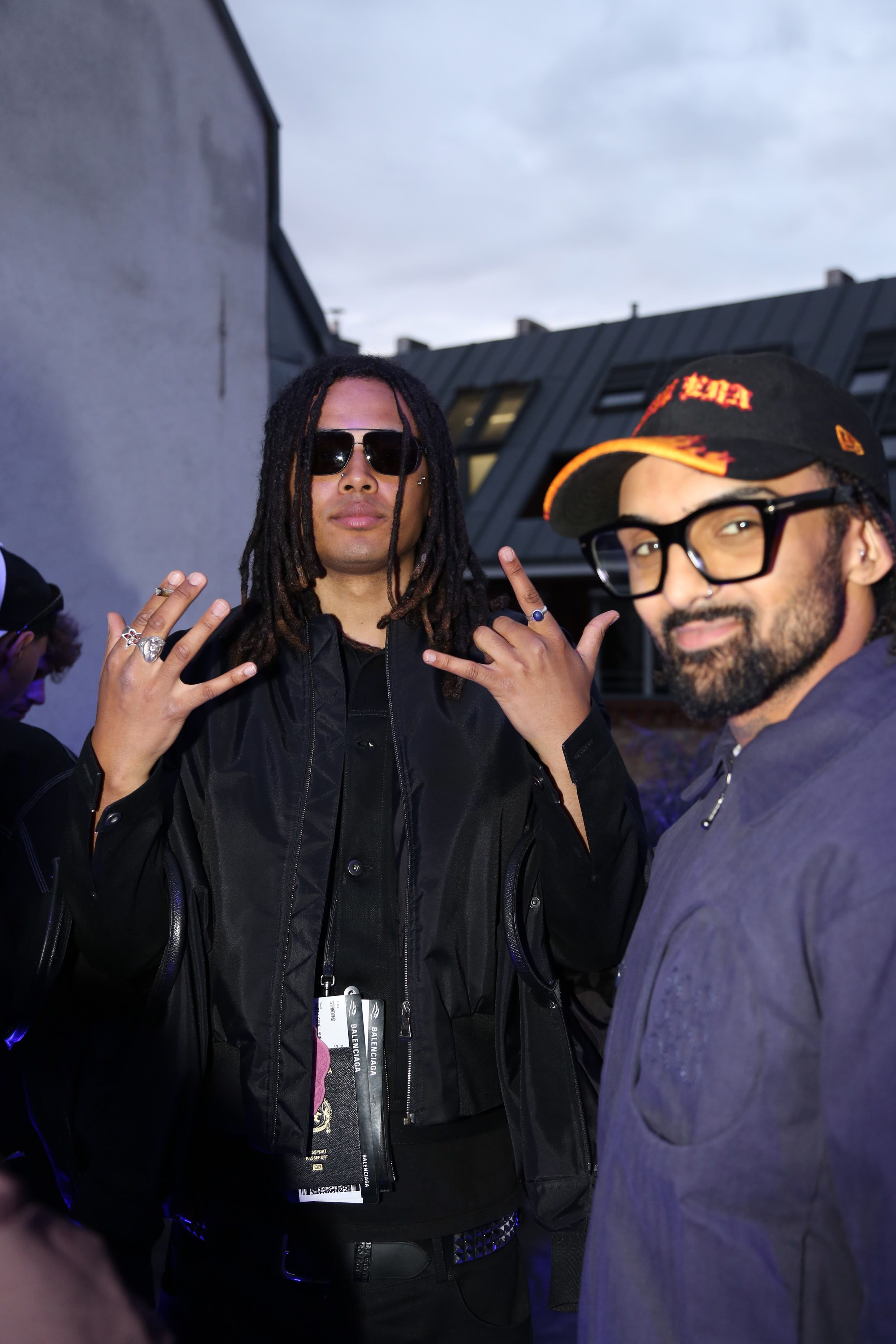
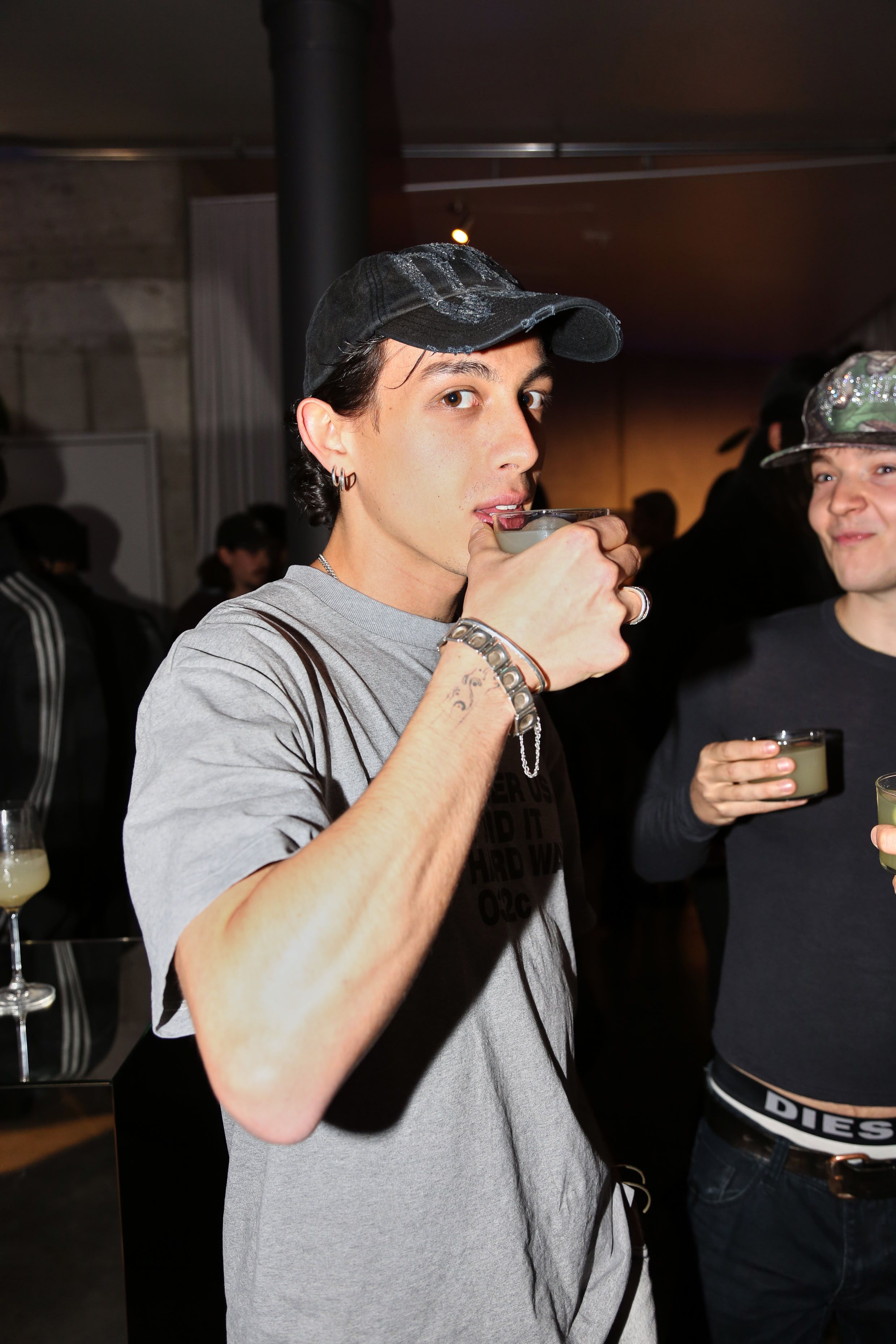
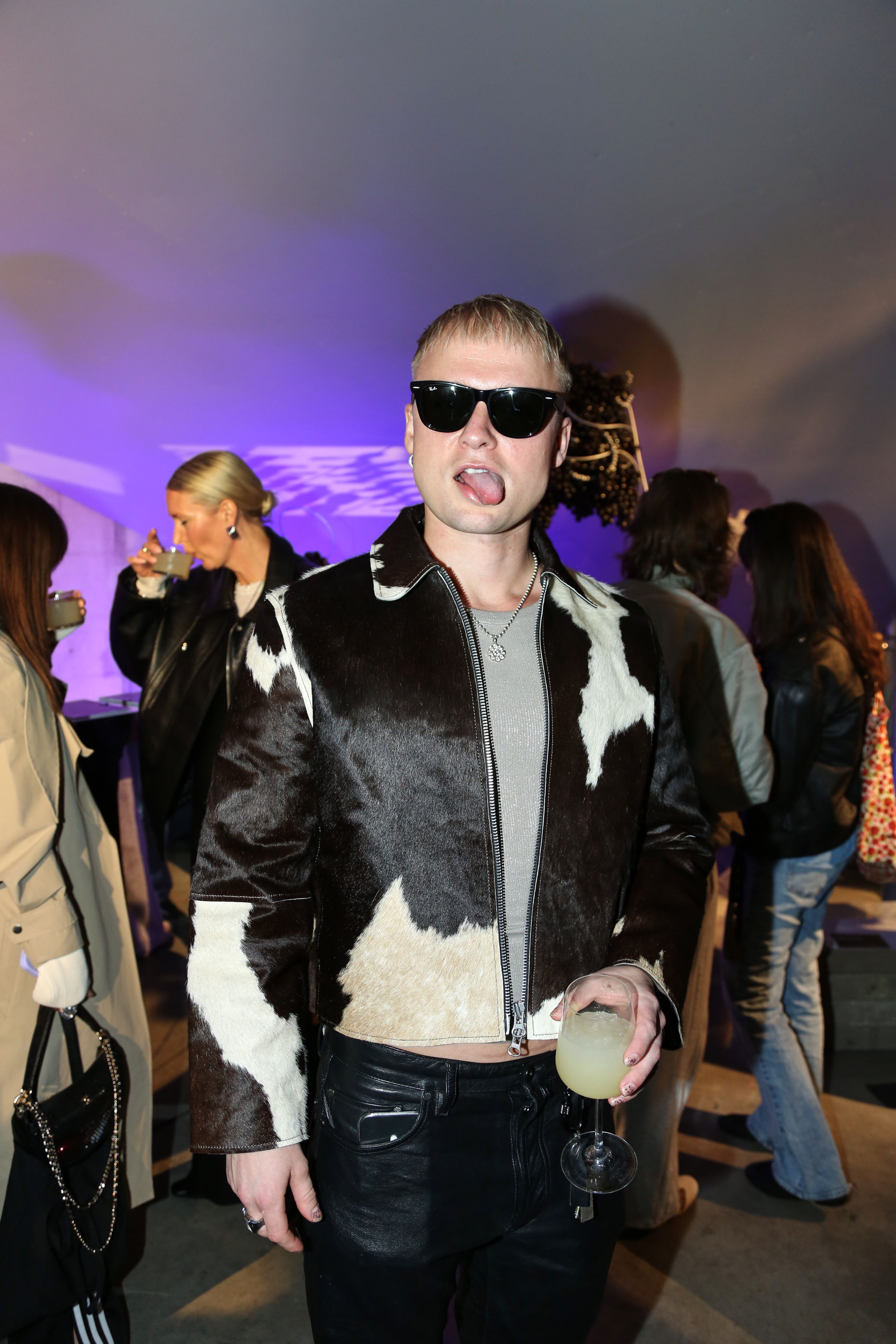
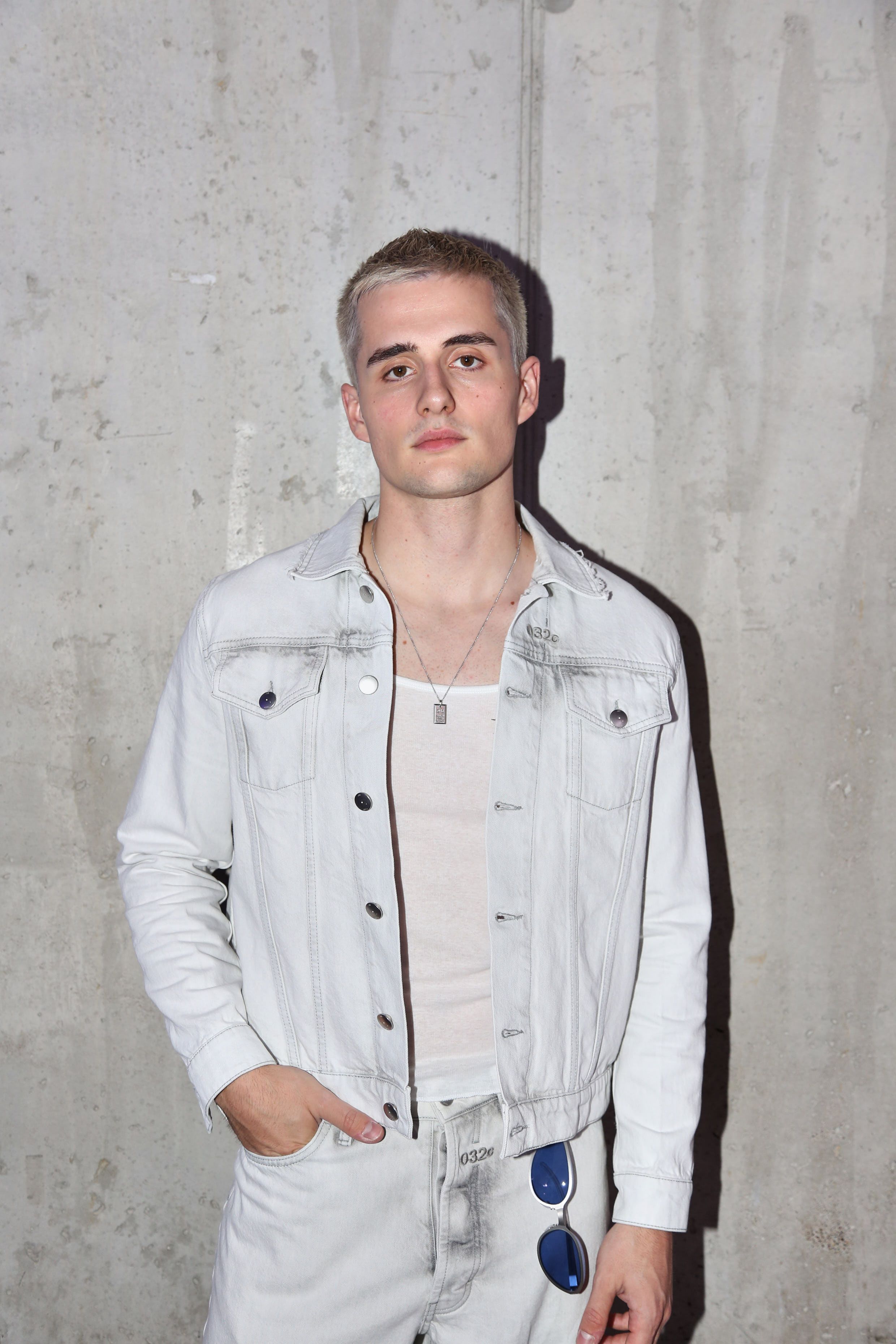
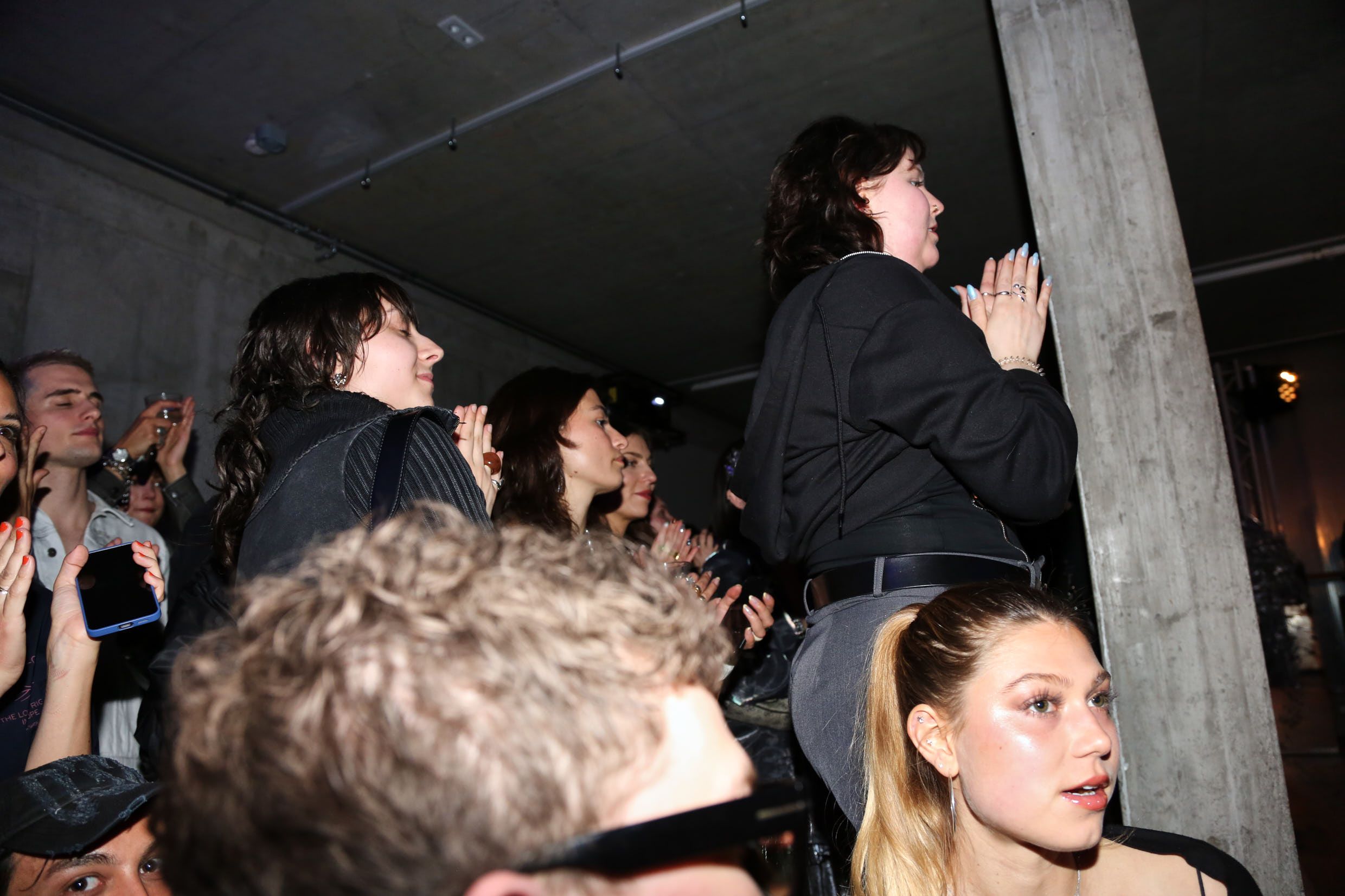
CKE: What happens to the meaning of an object when it travels between the spaces of gallery, museum, and home?
MS: To me, the fluctuation of a work’s status is kind of magic. Rather than resisting it, I try to embrace it. Once an idea is materialized, it can move from being part of a cultural experience to becoming a commodity—and in between it can take on decorative qualities. That doesn’t dilute the intellectual content. It highlights the incredible versatility of art. It’s like lighting the same object from different angles, allowing the viewer to uncover layered meanings.
In works like Spring Coolers (2021), commodity and nature co-exist, as do intuition and strategy, and notions of product design and methods of sculpture making. It becomes a mental game. This simultaneous presence of multiple phenomena feels natural to me, and I hope my sculptures can serve as a beacon for staying within that ambiguity.
CKE: Your practice plays with the life cycle of objects as they move from tool to product to artifact. Do you see your role as interrupting that cycle or extending it, pushing it in a new direction?
MS: There is definitely a moment of interruption when I begin working with an object. But from that point on, I see it as part of a lineage of ideas. The modifications I introduce are often aimed at highlighting that continuity—for example, in the Spring Coolers, which often point to the history of drinking fountains and their connection to water coolers.
My professor Rita McBride often talks about “copyleft,” a concept that questions authorship and embraces open-source thinking. That idea has deeply informed my process. I often work with digital “toolkits,” sourcing existing elements with prior lives, both online and offline. So, rather than creating something entirely new, I see myself as extending collectively established concepts. In that sense, every work becomes a kind of testing field for the next. “Always rehearse, never perform”—another McBride quote I carry with me.
CKE: How do you view your position as an artist in dialogue with commerce?
MS: I think of it in terms of dispersion, an opportunity to expand my practice. Historically, artists have often worked on commissions, and I appreciate the challenge of applying my methods to specific contexts. Artists can offer valuable outside perspectives. All we do all day is navigate multilayered spatial and conceptual challenges, skills that are relevant across many fields. These kinds of collaborations often invite collaboration, which I love. They allow artists to participate in the public realm, and I think we should encourage that more.
CKE: Do you have an example of how a commercial context challenged or expanded your creative thinking?
MS: In the case of the Samsung commission, it was exciting to explore the shared space where sculpture and painting coexist within the same artwork. We're so used to thinking through images, and smartphones have become major mediators between visual representation and the tactile world. Combining the logic of representation in painting with the physical presence of sculpture became a great exercise for reflecting on those dualities.
My participation in Balenciaga’s Art in Stores project is also a good example. I showed several Spring Cooler sculptures in their flagship stores. The stores have a dystopian visual language and a stark absence of nature. In that context, the flowing water became even more seductive, amplifying the tension. That definitely pushed me to further explore those sensory and symbolic aspects in later work.
I see the Spring Coolers as portable town squares, broadcasting interaction. Displaying them in a luxury store was quite a new experience. It made me think about shop windows as these hybrid spaces where commerce and public space collide. I like that people who might not normally visit a gallery or museums encounter the work in unexpected ways.
CKE: How do you stay in control of your work’s narrative when it enters brand-driven spaces?
MS: With a collaboration, it depends on finding a shared understanding between artist and client. In case of a commission, some works risk becoming mere decoration, but I try to prevent that by choosing materials or forms that resonate with the space. That way, the work behaves more like an extension of the environment rather than an imposition.
CKE: For your special commission for Samsung, you were interested in the gap between an industrial object and an object that is of personal and emotional significance. Can you explain the process between making this artwork?
MS: The brief was very open. The objective was to “contribute an artwork in correspondence with the smartphone launch” and, in the spirit of obscuring certain characteristics by expanding on a given situation, my approach was to take that quite literally. Through everyday use, smartphones have transitioned from standardized products to objects that are very personal and emotionally charged. To materialize this transformative quality, I invited an artist friend of mine, Pablo Schlumberger, who is a fantastic painter and sculptor, to collaborate with me on this commission.
The work is an oversized replica of the phone, approximately 240 cm long, made of two custom-shaped canvases. Each element—such as, the screen, camera, and charging port—is meticulously hand-painted. By recreating these technical surfaces through painting, their subjectivity becomes apparent in all the different shades of blue, brown, and purple that make up the surface and texture of the phone. It’s like zooming in on all the personal traces of usage.
Dedicated Feature
Credits
- Text: Claire Koron Elat
